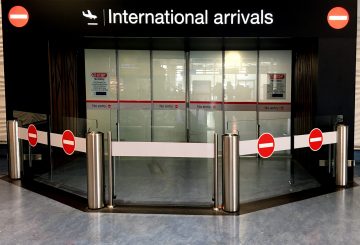Go By Bike Day is returning, and we’re urging everyone, regardless of age, to swap their car journeys for bike rides and experience the benefits of safe cycling. This event is part of Travel Safe’s Time to Cycle, a schedule of free activities. The annual Go By Bike Day will take place on Wednesday, 6 March, with six pitstops along popular Tauranga cycling routes offering snacks and giveaways to cyclists.
Go By Bike Day is a fun event for everyone, from dedicated cyclists to those who are considering commuting by bike for the first time, and even those who used to cycle but have stopped. Sonia Lynds, the leader of Tauranga City Council’s travel safe team, encourages everyone to try cycling to work or school on this day. She assures there will be plenty of other cyclists and support from the Travel Safe team at the pit stops.
Sonia notes that there has been a resurgence in cycling in Tauranga in recent years, with more people using e-bikes, more cycle lanes and shared paths around the city, and ongoing encouragement for safe cycling and other forms of active travel.
Cycling offers many health, transport, and social benefits, but Sonia emphasizes that safety should always be the priority. She advises cyclists to always wear a helmet, be aware of their surroundings, ride slowly, be ready to react to changes, and let others know they’re approaching on shared paths. She also suggests checking the weather forecast, planning the route ahead of time, avoiding busy roads where possible, and ensuring visibility for safety.
For those who are not ready to cycle to work alone or need assistance, the Time to Cycle Bike to Work events in March and April may be helpful. Starting in Mount Maunganui, Pāpāmoa, or The Lakes, and ending at the new Bike Stop bike parking facility in the City Centre, participants will be guided by an experienced cycling instructor on how to safely navigate between suburbs.
For more information on Go By Bike Day and Time to Cycle, please visit https://www.mytauranga.co.nz/time-to-cycle. The Go By Bike Day Pitstops will be open on Wednesday, 6 March, from 6:45am to 9:00am.





























































